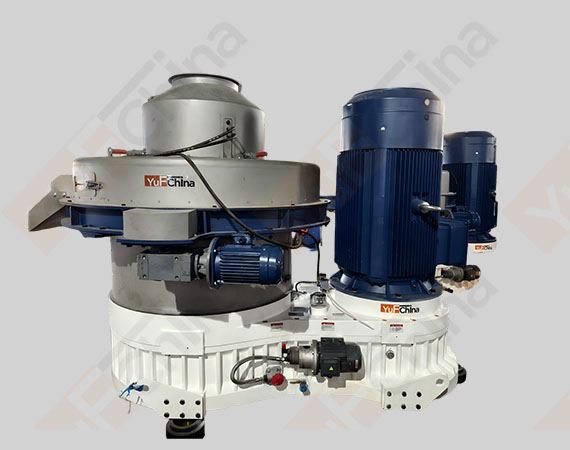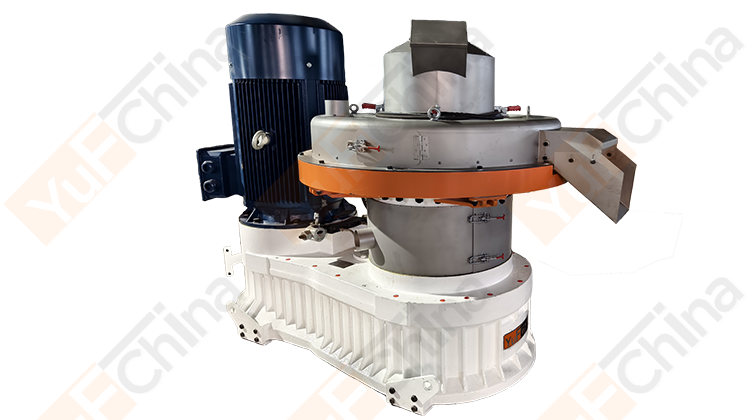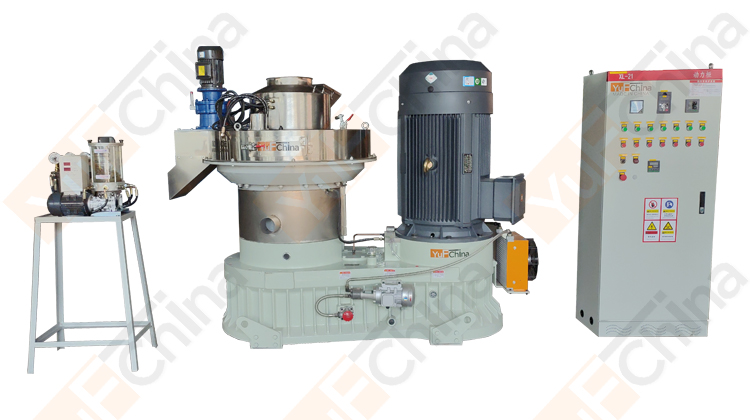The Relationship Between Motor Power (kW) and Pellet Mill Capacity: More Power Isn't Always Better
Is Pellet Mill Capacity Determined Only by Motor Power?
Not necessarily. Motor power is the power foundation of production capacity, but capacity also depends on core factors such as die aperture, raw material moisture, and material hardness.
Why Cant High-Power Motors Continue to Increase Pellet Mill Capacity?
When motor power exceeds the pellet mills matching limit, the excess power translates into equipment vibration and component wear rather than promoting pelletizing. For example, equipping a small pellet mill with an overpowered motor can cause improper engagement between the die and the press wheel, ultimately reducing pelletizing efficiency.
What are the negative effects of blindly pursuing high-power motors on pellet mills?
Рђб Increased energy costs: Doubling the power can increase electricity bills by over 60%, while only increasing production capacity by 10%-20%;
Рђб Shortened equipment lifespan: Excessive power accelerates the aging of key components like bearings and gears, increasing maintenance frequency by 3-5 times;
Рђб Safety hazards: Long-term overloaded equipment operation can cause motor overheating, short circuits, and other faults.
How should companies choose the appropriate motor power?
Calculations should be based on core production needs: First, clarify the planned daily production capacity and the type of raw material (e.g., wood chips and straw with varying hardness). Then, refer to the equipment manufacturers power-capacity matching table and select a configuration that just meets peak production capacity, with a 10%-15% margin to avoid overwhelmingly large power requirements.
Are there any practical solutions that ensure production capacity while avoiding power waste?
A variable frequency motor + intelligent control system can be used: the motor power is adjusted in real time according to the raw material humidity and feed speed. For example, when processing wet materials, the power is appropriately increased to ensure granulation, and when processing dry materials, the power is automatically reduced to save energy, realizing energy supply on demand and accurately matching production capacity and power.




GET IN TOUCH WITH US